Worst Pollution Around the World
Table of Contents
One of the recurrent and most debated topics of today is pollution. This controversial matter which humanity has been confronting itself with for quite some time now is beginning to reach dangerous limits in some areas with a tremendous negative effect on both people and environment. Many organizations have tried to raise an alert signal highlighting this impact but so far failed to avert or contain it, best they managed was to just limit the effects after an incident has already taken place. The question all of us should ask ourselves is whether industrialization and high development should be reached at the cost of ruining our planet.
1. Linfen China
Ranking first in our top, this city is most likely the last place on Earth where you would think on living. A mining city in the Chinese province of Shanxi, Linfen is dubbed to be the world’s dirtiest city. Instead of green meadows and pastures, kids play in dirty rivers and even the sun barely succeeds, from time to time, to pass through the thick curtain of smog. The air is so dirty due to the coal mining that laundry hung outside to dry would turn black. The economy is good and getting even better, however little has been done to make any environmental improvements.
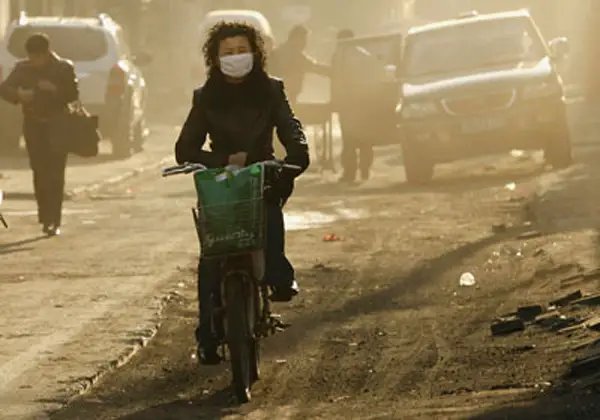
2. Mailuu-Suu, Kyrgyzstan
Once an elite soviet industrial town known for its uranium mining and processing, Mailuu-Suu has now become one of the largest concentrations of radioactive waste. Despite the mining activity having been stopped for almost 50 years now, radioactivity still remains a concerning matter to this day. The World Bank has pumped several million dollars to protect some of the radioactive garbage here trying to avoid the worst case scenario in which radioactive material could reach to the Mailuu-Suu river and be carried downstream towards heavily populated areas. Despite all these facts, people still keep optimistic and even joke saying that pollution is in their blood and can’t live without it.
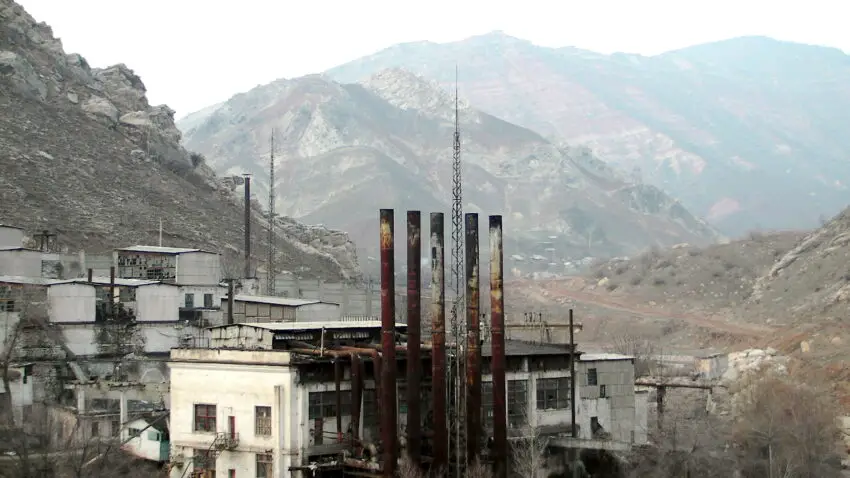
3. Norilsk, Russia
Here is Norilsk, the world’s largest nickel and palladium producer, a place which comes to disprove the well known “whiteas snow” collocation since snow here is black, the air tastes of sulphur and life expectancy for workers is about 10 years lower than the Russian average. . The irony is that when a cleaner factory opens workers avoid it because no bonuses are given for enduring pollution. There’s good news though as the main mining operator has taken responsibility to reduce sulfur dioxide emissions by approximately two thirds, however they cannot guarantee as the technology is still under development.
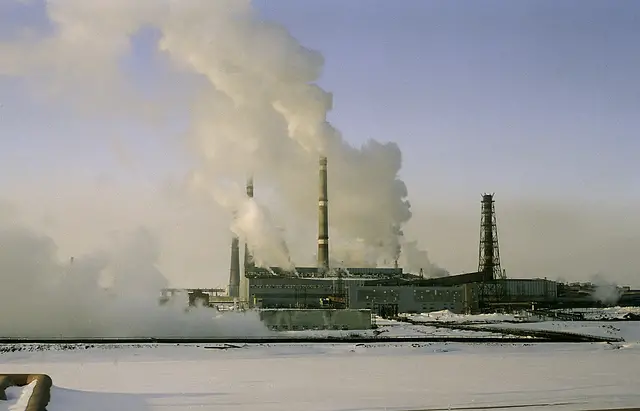
4. Sukinda, India
Another world’s first to our list is Sukinda in India, best known as a mining complex for chrome exploatation and at the same time the place where 95% of India’s extracted chrome is being stored at. Being located along the Brahmani river makes it also prone to carrying pollution downstream. According to records, 60% of the drinking water contains chrome up to more than double international standards. More than 2.5 million inhabitants are suffering from various forms of cancer due to water, soil and air exposure, unfortunately at the moment there are no realistic plans to bring about any improvements to current situation.
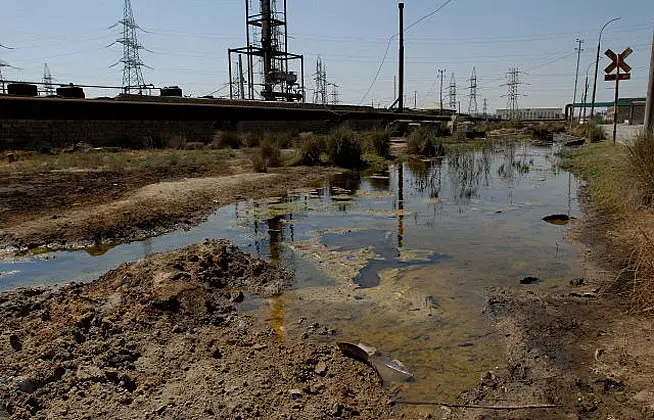
5. Dzerzhinsk, Russia
Up to the end of the Cold War, this place was among Russia’s main production sites for chemical weapons, however it still remains an important center for chemical manufacturing. Figures are terrifying indicating a life expectancy of no more than 42 years for men and 47 years for women with a death rate exceeding its birth rate by 260%. Since many factories have closed there is a danger for the water level to increase which in turns means a risk of releasing massive amounts of arsenic, mercury, lead and dioxins into the Oka river which constitutes the basic for drinking water for a nearby city.
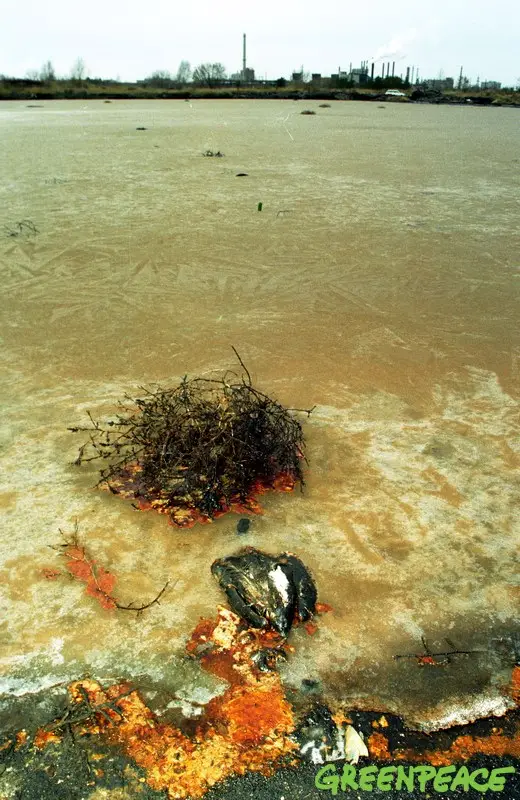
6. La Oroya, Peru
Switching continents only to find another location which makes it to our list is La Oroya in Peru. Metal mining and smelting for the past 80 years have caused significant lead contamination and made this place dangerous especially for children, figures indicating high levels of lead in the blood of 99% of the children living in and around this area. There is a high rate of premature deaths as well which has been linked to the pollution here. Besides people the environment has suffered as well as all vegetation has been extinct by acid rains.

7. Kabwe, Zambia
For our next contender we have to go to Africa to find out more about Kabwe in Zambia. Located around the so called Copperbelt, once among Zambia’s thriving industrial centres, has resulted in lead polluted dust covering the area which have infiltrated in both water and soil. Unfortunately, it’s the youngsters who suffer again as data indicates that blood lead levels in children are high enough to pose a real threat to their lives. The World Bank has started a 40 million USD improvement program with the local Government so let’s hope to hear of goods news in the future.
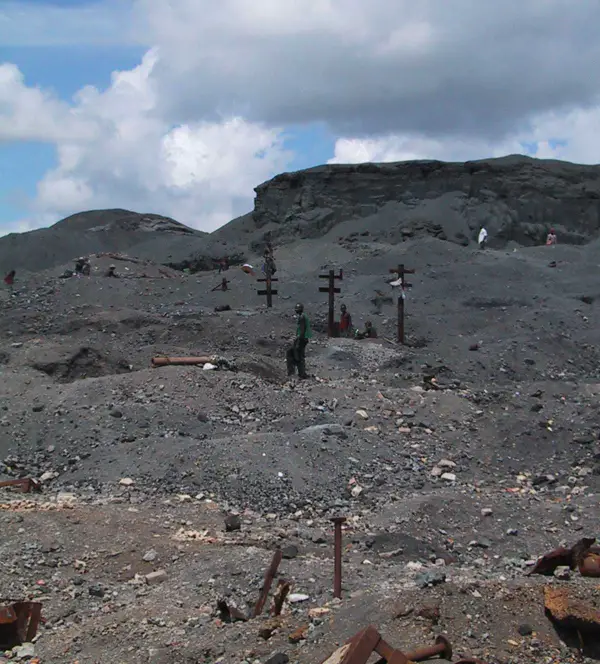
8. Chernobyl, Ukraine
Most of us have probably heard of this next place as it has been largely debated and presented all over the media due to the huge impact it had not only to the local community but to most of Europe. We are talking about Chernobyl in Ukraine which account for the worst nuclear disaster in history. The nuclear reactor’s core meltdown caused the release of 100 times more radiation than the atom bombs dropped over Hiroshima and Nagasaki. Its fatal legacy still lingers and has been the cause of thousands of cancer deaths. Most of the area is not inhabited presently.
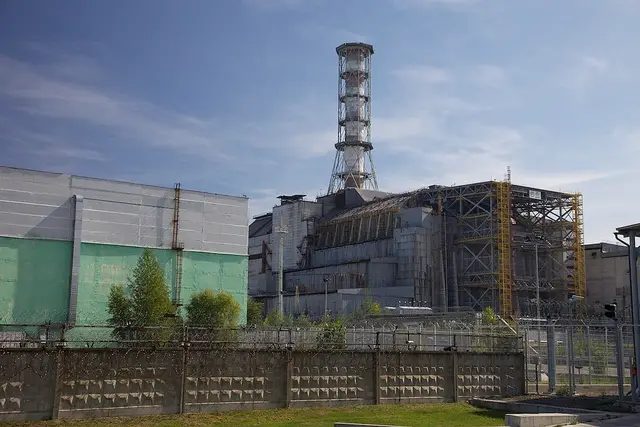
9. Hazaribagh, Bangladesh
Here is the place where 90 % of the 270 tanneries in Bangladesh are located. The methods of processing use non-mechanized systems and very old procedures, resulting in a massive pollution. Moreover, tones of waste in everyday thrown directly to the Buriganga River. The great majority of workers die before reaching 50 and they all confront with health problems caused by the toxic environment. The government started to relocate the tanneries in remote areas, but until now nothing was made for cleaning of the area. The impact on the environment is major, while locals live ignorant of their being exposed to high pollution.

10. Magnitogorosk, Russia
This town is located on the banks of the Ural River. Back in the ’30, a huge steel and iron plant was opened here. The impact on the surroundings was severe: 4000 square miles of land were affected by the toxic wastes. Apparently, only 1 % of the children in Magnitogorosk are healthy. This area is declared an ecological disaster zone. While the managers scream that they have upgraded their equipments and the emissions per ton of production is down 60%, locals claim the pollution is actually worst since the production grew with 40%.
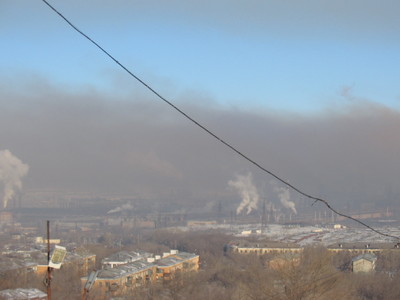
Forms of Pollution
Air pollution
Air pollution is caused by chemicals or biological particles released into the atmosphere. Air pollutants, among them sulfur oxides, ammonia, and greenhouse gases, can harm humans and the environment, causing global warming, acid rain, and ozone layer depletion.
Human activities – burning fossil fuels, using chemicals in agriculture, farming methane-emitting livestock – and natural sources like volcanic activity and forest fires are the main causes of air pollution.
Light Pollution
Also known as photopollution, light pollution describes the effects of artificial lighting on the environment, resulting in ‘sky glow’ over populated areas, ‘light clutter’ of different and unnatural colors — think Las Vegas — and the reduced visibility of stars. Light pollution destroys the natural night time landscape and disrupts ecosystems.
Light pollution can be divided into two main types: light that illuminates an otherwise low-light setting, and excessive light, mostly indoors, that might lead to discomfort or health problems. It is most severe in densely populated areas of North America, Europe and Japan.
Littering
Littering is simply discarding waste products such as plastic wrappers, cigarette butts, paper, boxes and food containers anywhere but in a waste container. Trash is a breeding ground for insects and rodents that might spread disease.
Uncollected litter might clog streams or rivers, fouling the water supply and endangering wildlife. Five garbage patches consisting of around 100 million tons of mostly plastic trash already float in the world’s oceans. Plankton, fish and birds mistake trash for food, often dying as a result. Cleaning up litter in the United States costs about ten times more than trash disposal. (Source: Reuters)
Noise Pollution
Noise pollution consists of human, animal or machine sounds that disrupt the balance of human or animal life. The main sources of artificial outdoor noise are construction and various forms of transportation.
Poor urban planning exacerbates the problem if residential buildings are placed close to airports or industrial areas.
Noise pollution can damage psychological and physiological health. High exposure can cause aggression, stress, and sleep deprivation as well as hearing loss and increased blood pressure. (Source: Reuters)
Soil Contamination
Soil pollution is caused by humans making chemical or other unnatural alterations to the natural environment. Pesticide overuse and oil and fuel dumping are examples of direct contamination. Indirect contamination happens if underground storage tanks degrade and the toxic contents leak into the ground.
Polluted soil affects our health either through direct contact with the toxic soil or by contaminated groundwater. Metals like chromium or lead, taken in with drinking water, can be carcinogenic or cause other chronic health conditions. (Source: Reuters)
Radioactive Contamination
Radioactive pollution is typically the result of weapons testing and manufacture or an accident. Contamination may be caused by radioactive gases, liquids, or particles that adhere to or enter the human body.
Low-level contamination might pose only a small risk. High-level contamination, for example the fallout after the explosion of an atomic bomb, leads to radiation poisoning that damages organs, and increases the probability of cancer or genetic damage. (Source: Reuters)
Thermal Pollution
Thermal pollution is the degradation of water quality caused by any process that leads to a changing water temperature. A common cause of thermal pollution is the use of water as a coolant for power plants and industrial factories. The heated water is released into the natural environment. This ‘thermal shock’ might kill fish and other organisms and cause ‘algal blooms’ that suck oxygen out of the water.
To control thermal pollution, many industrial plants use cooling ponds or cooling towers which transfer excess heat to the atmosphere through evaporation. (Source: Reuters)
Visual Pollution
Visual pollution is an aesthetic problem, sometimes rather dependent on individual taste. It refers to the discomfort that might result from having to look at man-made objects that obscure or impair a certain view. Landfill sites, junkyards or gigantic billboards often constitute visual pollution.
The renewable energy sector – especially the wind power industry – is often accused of visual pollution. Many people say wind turbines destroy the scenery, although others find them, like traditional windmills, quite attractive. (Source: Reuters)
Water Pollution
Water pollution is the release of toxic waste products directly into lakes, rivers, oceans, or groundwater without adequate treatment to remove or filter harmful substances. Toxic liquid spills or wastewater discharges are other forms of water pollution. It affects the organisms living in those waters but also the entire ecosystem.
Organic water pollutants include non-degradable detergents, fats and grease from food-processing, pesticides, or fuels. Chemical waste, heavy metals or pieces of debris also count as severe water pollutants. (Source: Reuters)

